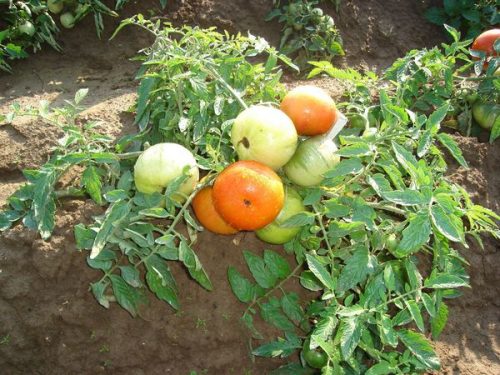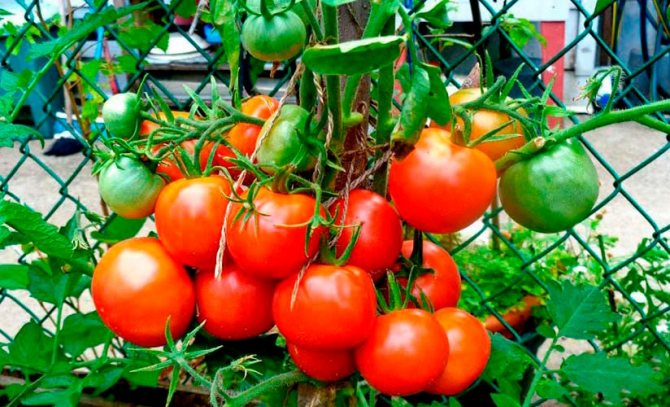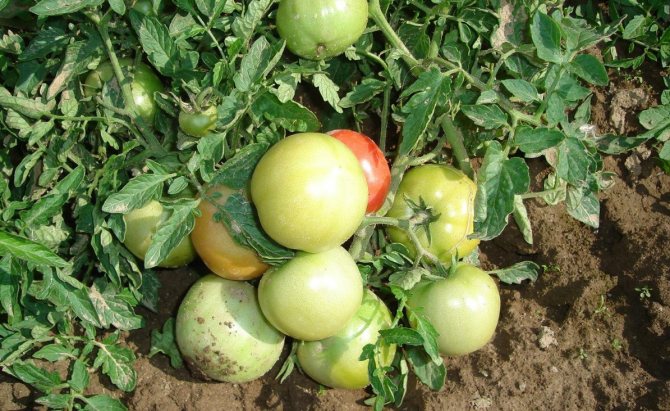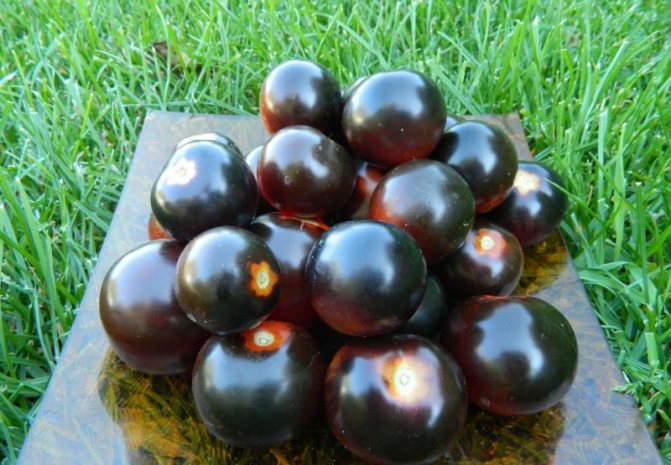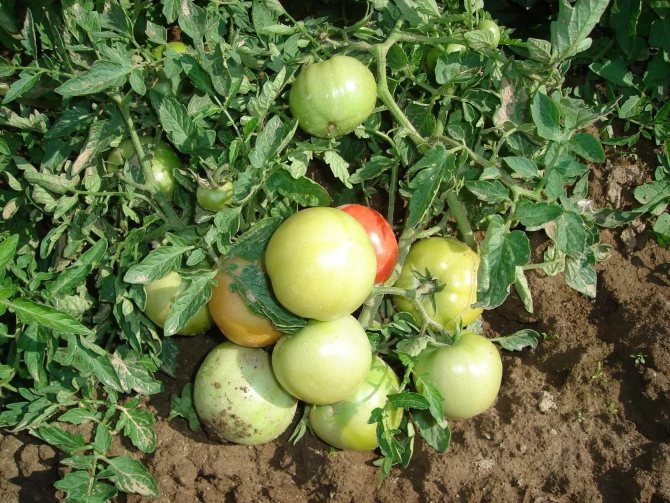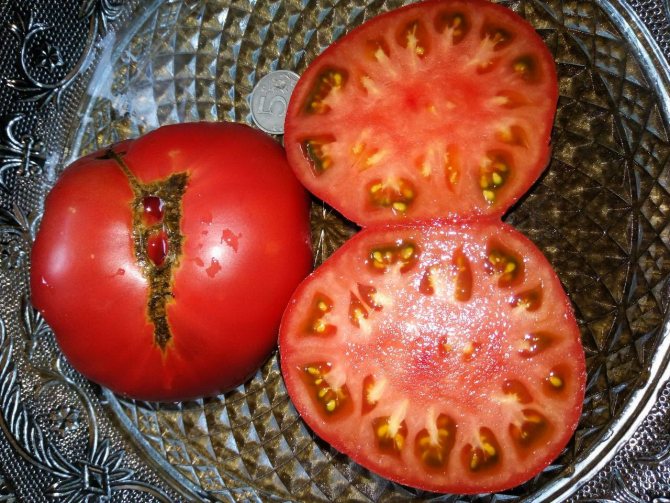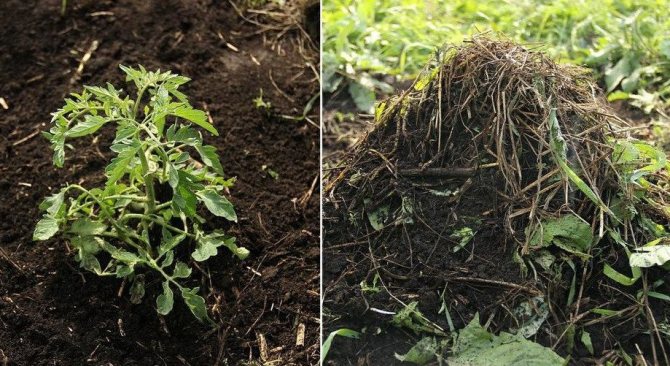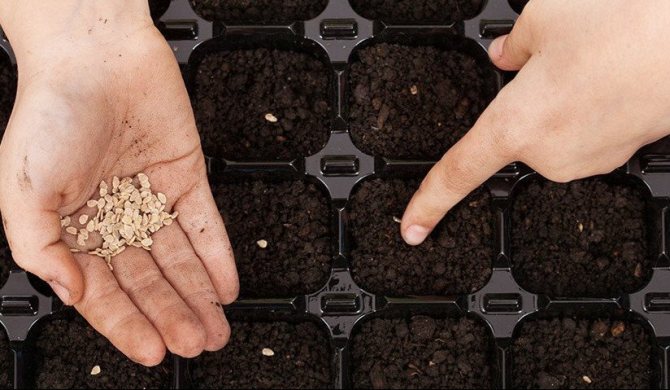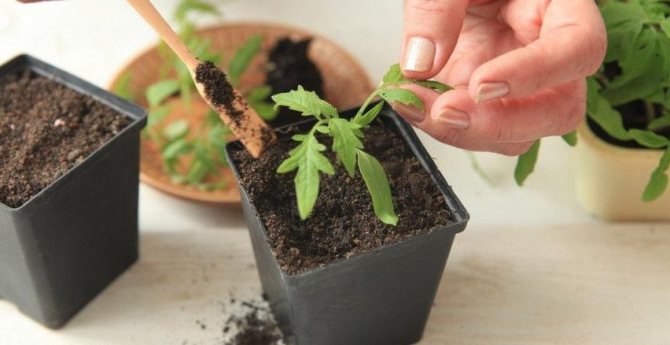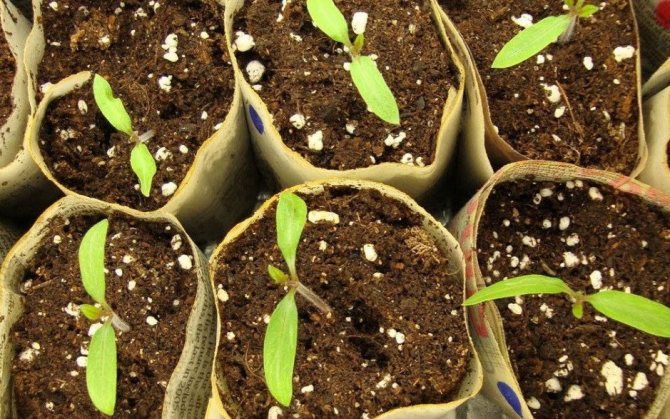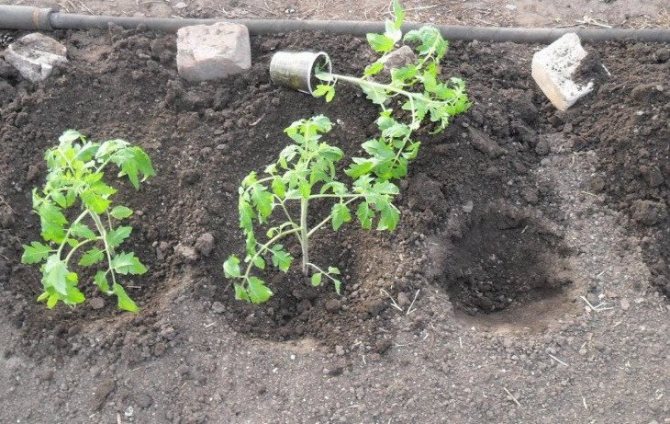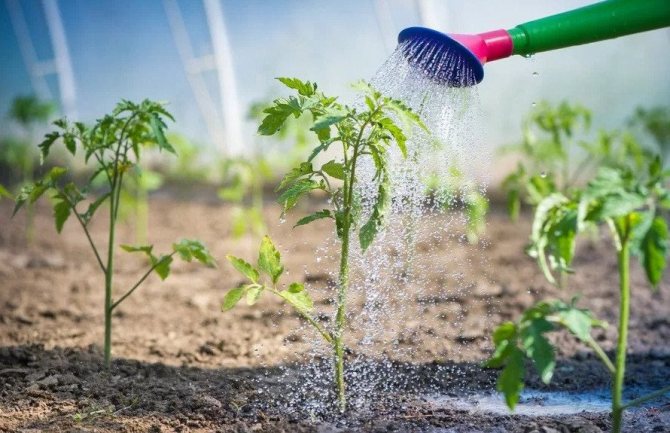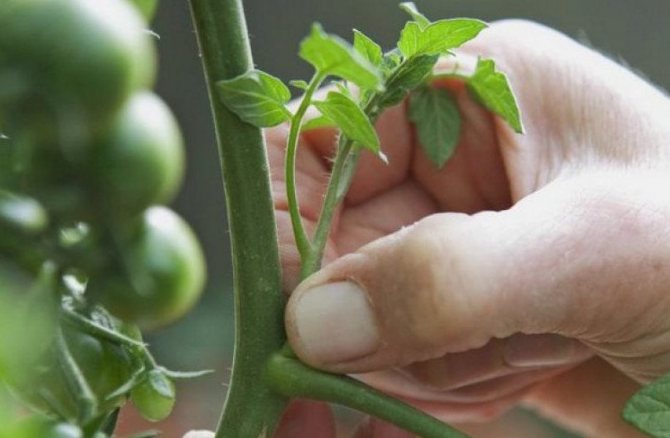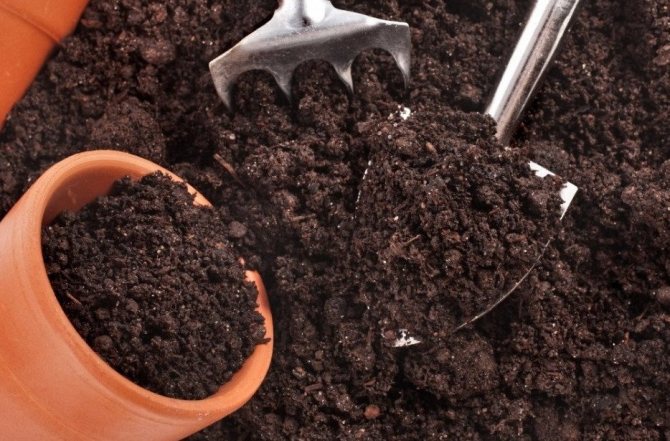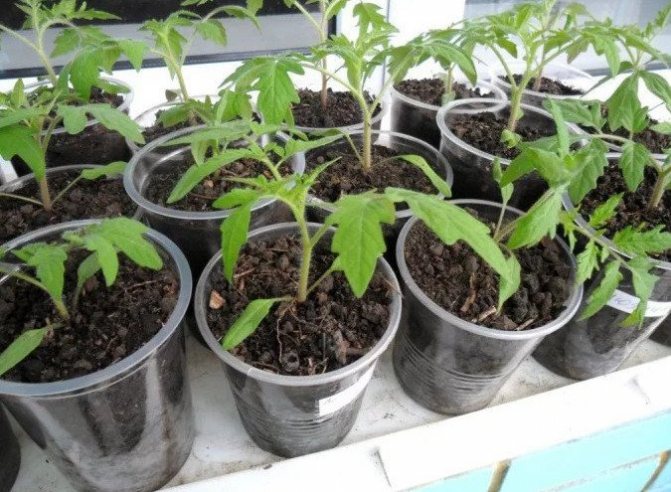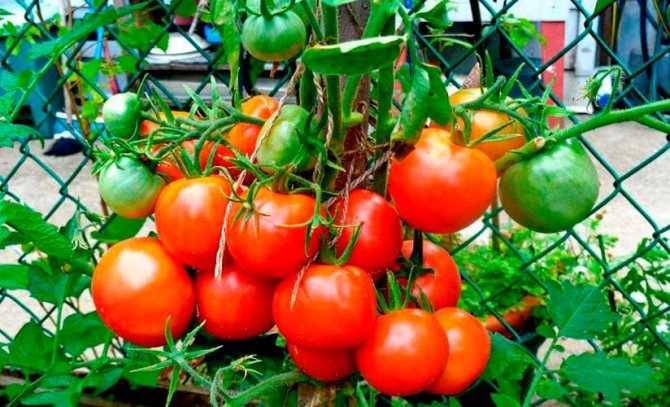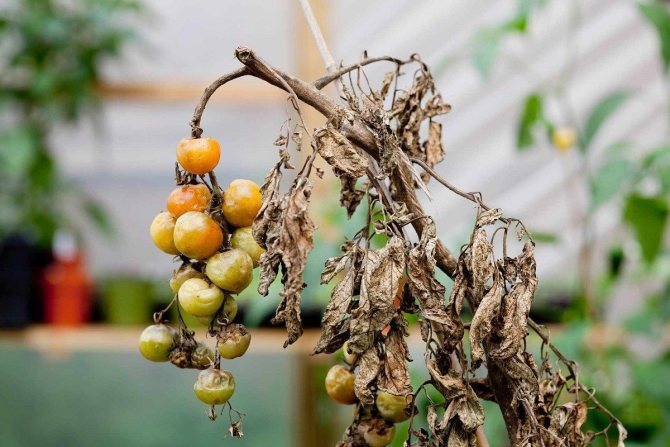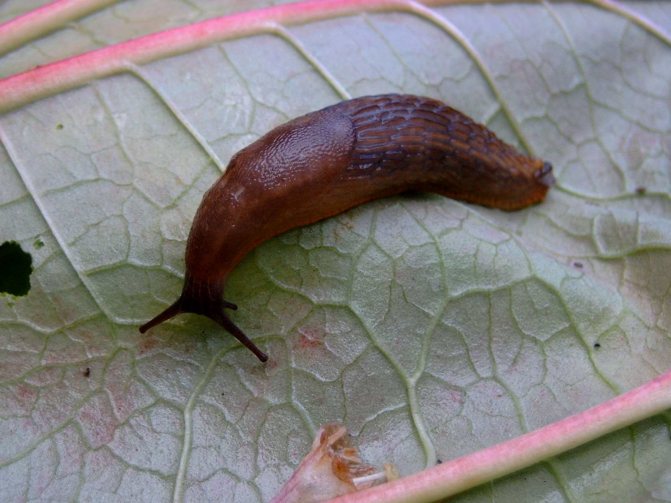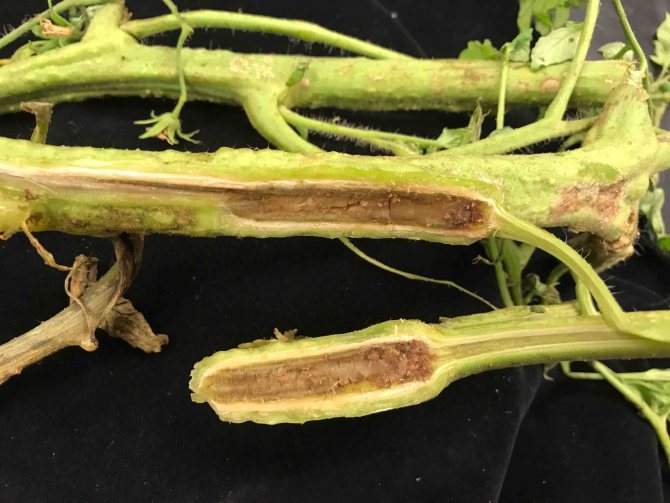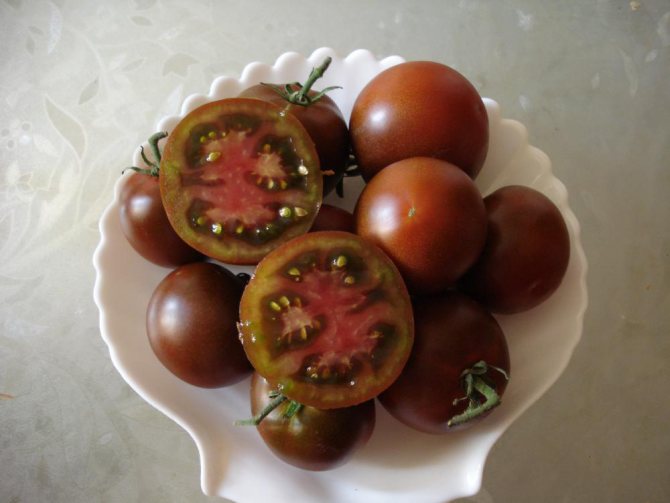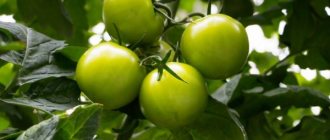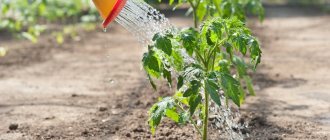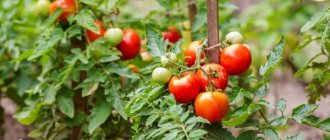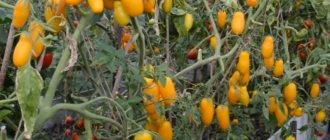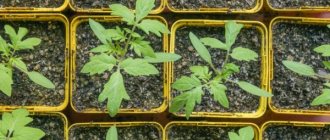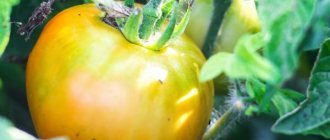Early ripe tomatoes are the best option for gardeners who grow tomatoes in difficult climatic conditions. These varieties are capable of bearing fruit even with a short and little sunny summer.
Among the most popular varieties, the most common tomato is Lakomka, the characteristics and description of the variety are given below. In addition to its compact size, this variety also has an ultra-early ripening period and has a unique sweetish tomato flavor. Therefore, it is not surprising that this tomato is so loved by summer residents throughout the country.
Description of the variety
A gourmet is considered undersized tomato. The height of the bush reaches 60 cm. The shape of the plant is semi-spreading, the number of leaves is small. In general, the bush is compact, does not require tying.
In the process of growth, several brushes are formed, the first is formed above 8-9 leaves, the next - with an interval of 1-2 leaves. Raspberry-colored, round-shaped fruits, weighing about 130 g, have a characteristic sweet tomato flavor.
Interesting! There is an aronia variant of Gourmand - the Black Gourmet tomato, but their similarity is limited only by the name. The dark representative of the Solanaceae family is tall and grows up to 2 m. The percentage of sugar in the Black Lakomka tomato is 2.5 times higher than the amount of organic acids.
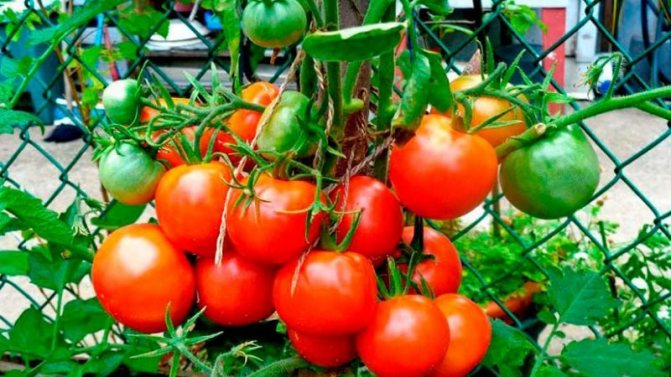
Features, advantages and disadvantages of the variety
Tomato compares favorably with other varieties with a number of features:
- ripening of fruits one-time;
- resistant to pathogens of fungal and bacterial diseases;
- resistant to adverse weather conditions, lack of water;
- due to the compactness of the bushes, it does not take up much space;
- you do not need to form a bush;
- tomatoes tolerate transportation well, as they have a strong skin.
There were no drawbacks during the entire cultivation period.
Characteristics of tomatoes Gourmet
If we consider the characteristics of the tomato Lakomka, then it is worth noting the yield level, which is quite high.
Among the characteristics, the following points can be distinguished:
- simultaneous ripening of tomatoes;
- high level of rot resistance;
- unpretentiousness of the variety, as a result of which Lakomka tomatoes are capable of producing a high yield even in adverse conditions;
- early ripening - harvesting begins 80-85 days after planting planting material in open ground;
- small bush height - 60 cm;
- a small amount of leaves;
- the versatility of ripe fruits;
- if necessary, it can be transported over long distances, while the appearance will not be lost;
- excellent taste;
- small fruits.
According to reviews of experienced gardeners who are engaged in the cultivation of this variety and managed to appreciate all the advantages from each square. m you can collect up to 6-7 kg of ripe fruits.
Assessment of advantages and disadvantages
Among the advantages it is worth noting:
- high level of productivity;
- high level of drought resistance;
- unpretentiousness of the variety;
- high resistance to many types of diseases.
During the cultivation process, no significant deficiencies were found.
Attention! Before proceeding with planting planting material, it is recommended to first study the characteristics and description of the tomato variety Lakomka.
How to grow
Tomato Gourmet grows well both in the open field and in the greenhouse. But before planting plants in the beds, you need to grow seedlings.
Sowing seeds for seedlings and care
Seeds are planted about 55-60 days before the planned transplant. For cultivation in a greenhouse, this is done in early March, for open ground - in early April.
If the seeds are bought in a store, you do not need to process them, as well as check for germination: they have already passed the selection and the necessary preparation for sowing. However, not all summer residents trust the manufacturer, so they re-process it.
If the seeds are harvested in their own garden, then before planting they are placed in a saline solution (1 teaspoon per glass of water) for 10-15 minutes. Then the liquid is mixed with the seeds and those that float on the surface are removed. The seeds left on the bottom are suitable for sowing.
Next, the inoculum is washed and soaked in a weak solution of potassium permanganate. This is done to increase the immunity of future seedlings. Instead of potassium permanganate, you can use other agents with bactericidal properties.: aloe juice and potato juice, a solution of honey in water, a decoction of mushrooms and an ash solution.
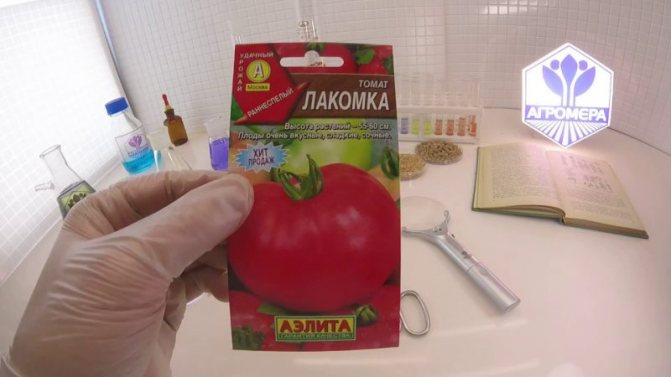

Aloe juice, in addition to disinfecting seeds, will enrich them with nutrients, which will have a beneficial effect on the harvest. Chop aloe leaves before use, add water and insist in the refrigerator for a week. After treatment with any of these agents, the seeds are dried.
The soil for growing seedlings is prepared in advance. Even in the fall, you can mix in equal parts sand, peat and earth. Three weeks before the intended sowing, the soil is calcined in the oven for 30 minutes. The cooled earth is fed with a home-made composition (for 10 liters of water, 25 g of superphosphate and potassium sulfate, 10 g of carbamide).
The seeds are planted in wooden boxes or peat pots.
Important! It is better to take small boxes for seedlings. Plant seeds to a depth of 1.5-2 cm at intervals of 1 cm. If pots are used for sowing, 2 seeds are planted in the hole.
After sowing, the box is covered with plastic wrap and placed in a warm place (the room temperature should be at least 20 ºС). When shoots appear, the film is removed, and the box is moved to the window, where the shoots can receive enough sunlight.
If done correctly, tomatoes will sprout in a week. When the first two leaves are formed, the seedlings must be dived by transplanting the sprouts into separate cups. The land for planting is fertilized in the same way as before sowing seeds.
Water the seedlings about 1 time per week, while checking the soil for dryness. Excessive moisture will lead to rapid growth of the stem with a weak root system.
Planting in open ground or greenhouse
Transplanting seedlings into open ground is carried out around the end of May - beginning of June. If frosts are still possible at night, the planted bushes are covered for protection with caps made of thick paper or newspaper.
Tomatoes are transplanted into the greenhouse earlier, in early May, when the ground warms up to 10 ºС. Previously, in the fall, the soil is fertilized, and dug up 3 weeks before planting.
Holes for tomatoes Gourmet are dug at a distance of 50-60 cm. An average of 6-7 bushes are grown per 1 m². Pour 2 handfuls of humus and ash into each hole, mixing them with the ground. Seedlings are covered with soil to the first leaf, but if the seedlings are too elongated, they are immersed deeper. After that, the beds with tomatoes are well watered.
It is better to plant in the evening. So the seedlings adapt more easily to new conditions and quickly resume active growth. After 2 weeks, tomatoes are treated with Bordeaux liquid (1% solution) to prevent possible diseases. The treatment is repeated after 10 days.
Features of further care in the greenhouse and open field


Despite the unpretentiousness in cultivation, in order to obtain a rich harvest, tomatoes need to be provided with proper care:
- regular watering, but not during the flowering period, when the frequency of irrigation is reduced;
- top dressing with mineral fertilizers (ammonium nitrate, potassium salt and superphosphate) and mullein, it is diluted with water in a ratio of 1: 5;
- weeding and loosening of the beds;
- removal of excess leaves and shoots.
If leaves begin to fall from the bushes, watering is reduced, and potassium-phosphorus fertilizer is applied to the ground.
Important! In a greenhouse, the yield of Gourmet tomatoes will increase several times, especially if pollination is stimulated: lightly shake each bush three times a day.
Harvesting and storage
Tomatoes are harvested as they ripen. To increase the yield, not only ripe brown fruits are harvested, but also those beginning to ripen. Vegetables are best removed in the morning, before the tomatoes are hot.
In the second half of August, in warm weather, the leaves of this variety begin to die off, and then the bushes. By this time, you need to collect all the vegetables, regardless of their degree of maturity. If the temperature drops to +5 ºС earlier than this period, it is also recommended to completely harvest the tomatoes and remove the bushes, since the fruits will no longer be able to ripen naturally.
Fully ripe tomatoes are not stored for long, they are harvested for immediate consumption. Unripe vegetables ranging from green to brown and orange are stored in wooden crates. Dry, healthy, clean fruits are packed tightly, covered with a lid and transferred to a cool and well-ventilated area. So they are stored for up to 2 months. To make the tomatoes ready to eat, they are brought into the heat, where they ripen in 2-3 days.
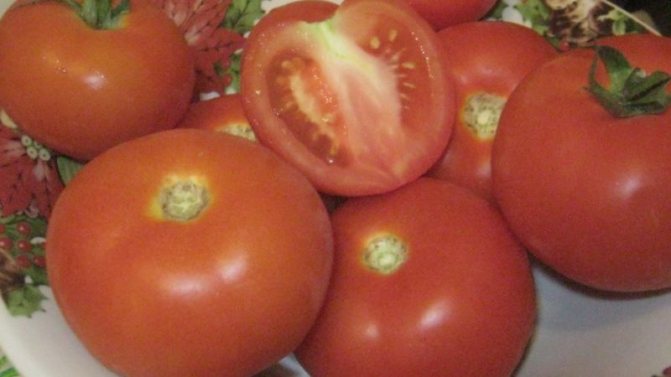

Seedling care
Subject to optimal sowing conditions, the first shoots of the Gourmet tomato appear in a week. As soon as the first pair of leaves is formed, a pick should be carried out, in other words, thin out the seedlings by transplanting the seedlings in separate cups. Before that, you need to fertilize the soil again.
It is recommended to regulate watering of Gourmands, focusing on the drying of the soil, that is, as needed. If excess moisture is allowed, the plant will stretch out, while the root system will not have time to develop properly. The optimal regime is considered to be watering once a week.
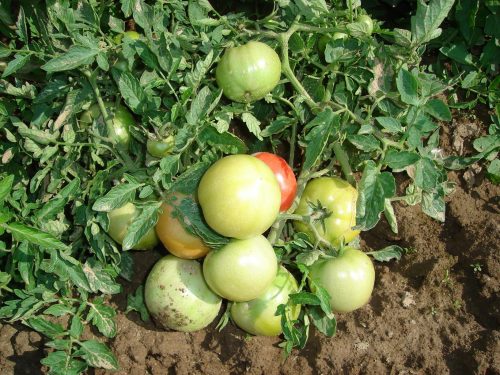

Prevention of diseases and pests
Lakomka tomatoes have the ability to resist many pathogens. In addition, the variety is early ripening, and such an attack as late blight does not have time to hit the plants. Therefore, treatment against diseases is usually not performed.
Pests are fought with the help of special fungicidal preparations (for example, "HOM"). They are also used for the prevention of pest damage throughout the growing season. Colorado beetles and their larvae are manually removed from plants.
Content of nutrients
Black chokeberry is a dietary product, it is nutritious, it contains a lot of vitamins, minerals and organic acids. The calorie content of 100 g of the product is almost 20 kcal. Other beneficial properties of black tomatoes include:
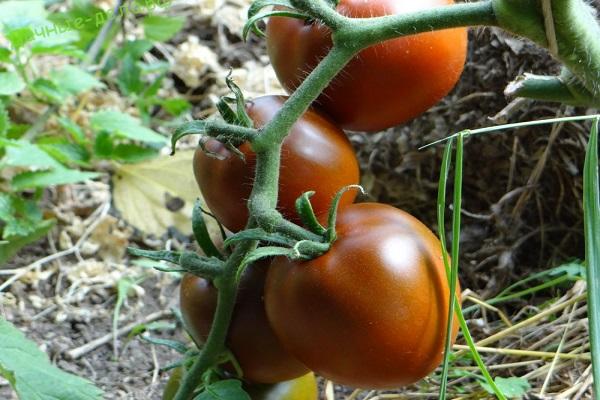

- high fiber content;
- the presence of vegetable protein - over 1%;
- many carotenoids;
- high content of B vitamins;
- high content of folic and ascorbic acid - up to 45 mg / 100 g;
- contain choline;
- contain anthocyanins.
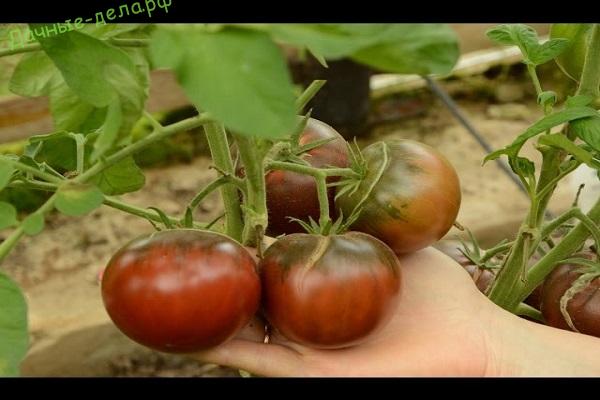

The dark color of the pulp and skin is due to the combination of pigments and the presence of a large amount of anthocyanins, which are beneficial for the intestines.
Anthocyanins are natural colorants and are water-soluble. The manifestation of the color of anthocyanins depends on the acidity of the solution; they are produced as a food additive E 163.
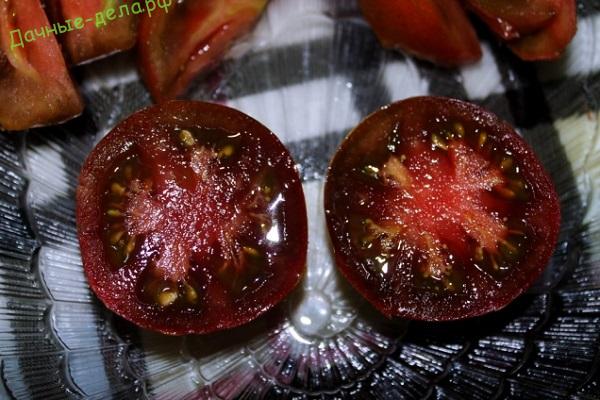

Reviews of gardeners
According to the reviews of those who planted Lakomka, this variety is worthy to take its place in every garden.
Marina, 35 years old, Barnaul: “I've been planting Lakomka for 2 years now, I'm very happy. Tomatoes are small, all about the same, it is convenient to put them in jars. We decided to try to grow without a greenhouse - everything was fine, no illnesses. They ate fresh in salads, prepared juice for children. Now I will plant them all the time. "
Ekaterina, 48 years old, Voronezh: “The forecast promised a rainy summer. I heard that Lakomka is an early ripening variety, bought seeds to grow something before the rains, and did not disappoint Lakomka. The first ones ripened already in mid-July, although a lot of cracks were caused by the rains, but we are still happy - we ate fresh and preserved them ”.
Vladimir, 56 years old, Orel: “Recently I am engaged in a vegetable garden, I planted only Lakomka from tomatoes. I got the harvest even earlier than promised in the instructions. Outwardly it looks like the photo on the package, the taste is wonderful. "
The main qualities of the fruit
Gourmet tomatoes have excellent properties:
- The fruits are round in shape.
- The flesh under the thin skin is tender and juicy.
- After the green color, as they ripen, the tomatoes are poured with raspberry ripeness, without a spot near the stalk.
- The number of seed nests is three to four.
- By weight, the fruits reach 100 - 120 grams.
- The taste of a tomato is truly tomato, sweetish.
The yield of tomatoes from one square meter of planting reaches six or seven kilograms.
Among the tomatoes, there is a similar variety that produces dark colored fruits. It is called the Black Gourmet. The tomato also bears fruit of medium size, similar in color to a pomegranate. But the vegetable differs in the height of the bush. This is already a tall type of tomato, because its stems reach 180 centimeters in height.
Black gourmet and begins to bear fruit a little later, and is suitable for planting in a greenhouse. But her fruits are just as tasty, suitable for fresh consumption.
Fight disease
Tomato Gourmet is practically not susceptible to most diseases. However, with improper care, some of them may appear. It is better to know about this in advance in order to prevent such a phenomenon:
- Blackleg is a seedling disease that most often manifests itself during abundant watering. If this happens, water the plant with a weak solution of potassium permanganate.
- Altenariosis is a leaf disease that affects the leaves with dry spots, if timely treatment is not carried out, the subsequent damage to the fruits occurs with black depressed formations. To combat this scourge, ready-made products are released.
- Late blight - brown rot all over the plant. As a rule, the cause of this disease is also excessive watering. An effective means of combating late blight will be the treatment of tomato with a weak solution of boric acid. After two weeks, the procedure should be repeated.
